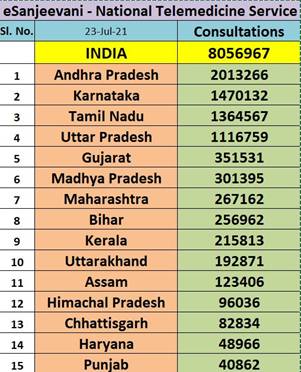Despite regular exercise, prolonged sitting could pose serious health risks for young adults, according to new research from the University of Colorado Boulder and the University of California Riverside. The study reveals that Millennials now spend over 60 hours a week sitting, largely due to increased time on computers and mobile devices, commuting, and working from home, and this trend could accelerate heart disease and other signs of aging.
The research, involving over 1,000 Colorado residents—730 of whom are twins—suggests that even meeting the minimum recommended physical activity guidelines of 20 minutes of moderate exercise per day isn’t enough to counteract the negative effects of long periods of sitting. Dr. Chandra Reynolds, the study’s senior author and a professor in the Department of Psychology and Neuroscience, emphasized, “Sitting less throughout the day, getting more vigorous exercise, or a combination of both may be necessary to reduce the risk of premature aging in early adulthood.”
Published in PLOS One, the study was led by Ph.D. candidate Ryan Bruellman from UC Riverside. Bruellman, who noticed a shift in his own habits post-pandemic, wanted to investigate the potential impact of increased sitting on young adults. “Young adults tend to think they are impervious to the impacts of aging. They figure, ‘My metabolism is great; I don’t have to worry until I’m in my 50s or 60s,’” he said. “But what you do during this critical time of life matters.”
Key Findings: Sitting and Health Markers
Participants in the study, ranging in age from 28 to 49, reported sitting nearly 9 hours a day, with some reaching up to 16 hours. These individuals also averaged between 80 and 160 minutes of moderate physical activity per week and less than 135 minutes of vigorous exercise. Interestingly, the study found that sitting for extended periods significantly affected key health markers, including cholesterol levels and body mass index (BMI). For example, individuals who sat for over 8.5 hours daily and met only the minimal exercise recommendations faced a “moderate to high risk” for cardiovascular and metabolic diseases, highlighting the limited benefits of minimal physical activity when countering prolonged sitting.
Adding a daily dose of vigorous exercise, such as 30 minutes of running or cycling, was associated with cholesterol and BMI levels closer to those of individuals who sat for long periods but exercised regularly. However, even vigorous physical activity couldn’t entirely offset the adverse effects of extended sitting time.
The Twin Study Advantage
The use of identical twins in the study allowed researchers to better understand how lifestyle differences affect health outcomes by controlling for genetic factors. In cases where one twin sat less and engaged in more physical activity, improvements in cholesterol were more significant than for those who merely added exercise to an otherwise sedentary day. This finding supports the notion that reducing sitting time could be as important as incorporating exercise.
Practical Recommendations
For those unable to cut down on sitting time, researchers suggest alternative approaches such as using standing desks, taking frequent breaks, or organizing walking meetings to incorporate movement into the workday. Aiming for at least 30 minutes of vigorous exercise daily, or even “weekend warrior” workouts, could also be beneficial, according to Bruellman.
The study’s authors hope their findings will inspire policymakers to reassess physical activity guidelines, including specific recommendations for reducing sitting time. “This is the time to build habits that will benefit health over the long term,” Reynolds urged, emphasizing that even young adults should take steps to mitigate the effects of a sedentary lifestyle.
For more information on this study, refer to: Ryan Bruellman et al., A twin-driven analysis on early aging biomarkers and associations with sitting-time and physical activity, PLOS ONE (2024).











